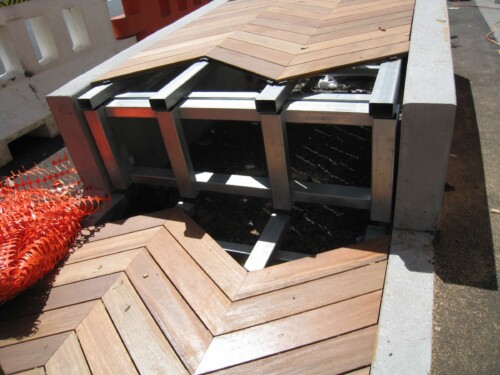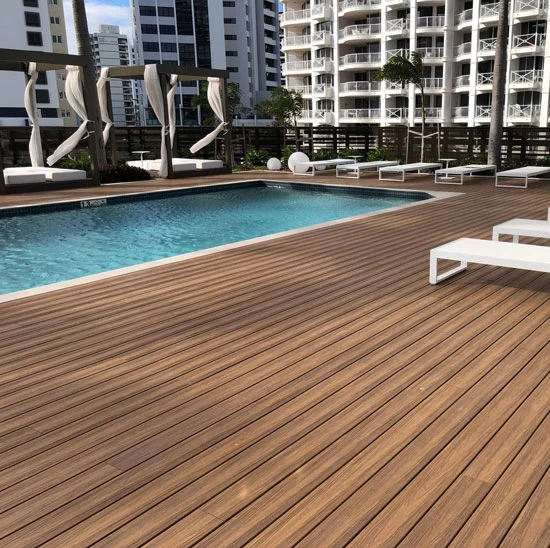Trusted by 13,552 Australian Homeowners
Australia's Best Selling Hidden Decking System
Deck-Max™ is securing thousands of decks across Australia with our easy and innovative hidden decking system.
Our secret deck fixing solution does away with the need for surface fixings. Rather than putting a nail gun through the surface of the board, Deck-Max™ hidden fasteners provide the opportunity for a stronger, better looking deck.
As seen & featured in








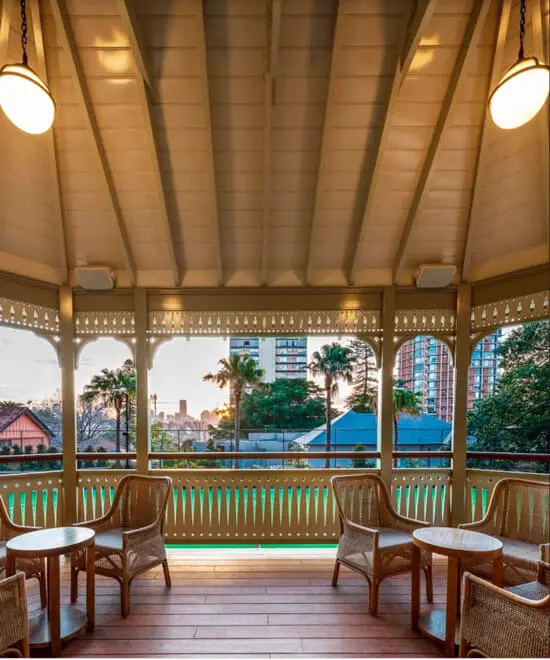

About Us
Who we are
Deck-Max™ manufactures 100% of its products which includes quality control, product specifications, development of all designs.
With 33 years experience in the building industry and having had the opportunity to speaks to thousands of customers, contractors, designers and suppliers, Deck-Max has drawn from this experience to create solutions to improve both the finished product and the installation experience.
Shipping
Australia-Wide + Internationally
Straight To
Your Door or Job Site
Products
In Stock & Ready To Ship
Benefits of our Hidden Decking System
8 Million Sold. Not a Single One Returned.
Straight Forward
Affordable
Strong
Lifetime Warranty*
20 Years Research & Development
Expert Advice
Help & Resources
We are here to help
We have a range of products and install videos, brochures & datasheets for you. Explore the resources to know more about our decking system.
Stunning Hidden Fastening System
- Beautiful Timbers & Composites
Great Customer Service
Everything You Need Under One Roof
Perfect for builders, designers or DIY
Stock Available Now
Simple to use
Shop Popular Categories
Extensive
range of products
Shop
Showing all 8 results
-

DM 4031 - Original # 5 - Wood Frame Kit 304SS 4 mm
$128.00 Add to cart -

DM 4093 – Original # 20 - Wood Frame Kit 304SS 4 mm
$434.00 Add to cart -
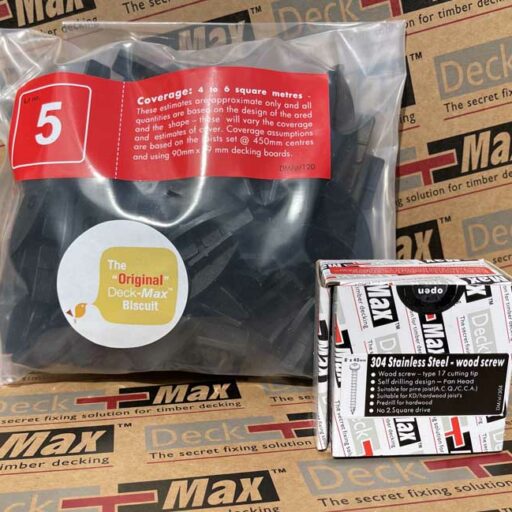
DM 4452 – TRADIE Original # 5 - 304SS Kit 4 mm
$79.20 Add to cart -

DM 4123 Stainless Steel Screw - Pan Head / self drilling wood screw
$33.00 Add to cart -
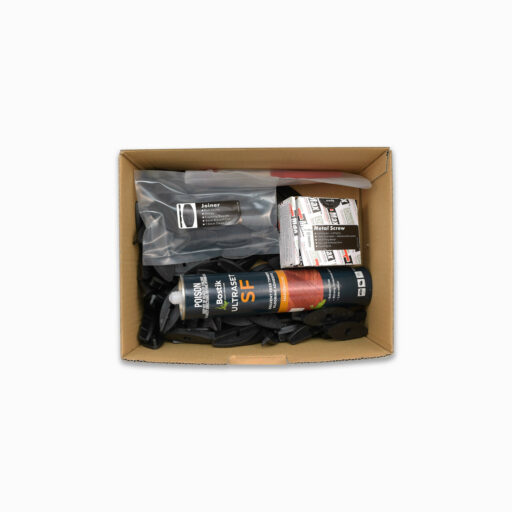
DM 4024 – Original # 5 - SD Metal Frame Kit 4mm
$128.00 Add to cart -

DM 4086 – Original # 20 - SD Metal Frame Kit 4mm
$434.00 Add to cart -

DM 4455 – TRADIE Original # 5 - SD Metal Kit 4 mm
$79.20 Add to cart -

DM 4116 Self Drilling Metal Screws
$33.00 Add to cart
Shop
Showing all 14 results
-

DM 4666 - EM Pro 5mm - # 20 Kit 304SS
$434.00 Add to cart -

DM 4635 - EM Pro 5mm - # 5 Kit 304SS
$128.00 Add to cart -

DM 4390 - EM Pro 3mm - # 20 Kit 304SS
$434.00 Add to cart -

DM 4338 - EM Pro 3mm - # 5 Kit 304SS
$128.00 Add to cart -

DM 4450 - TRADIE Pro # 5 - 304SS Kit 3 mm
$79.20 Add to cart -

DM 4451 – TRADIE Pro # 5 - 304SS Kit 5 mm
$79.20 Add to cart -
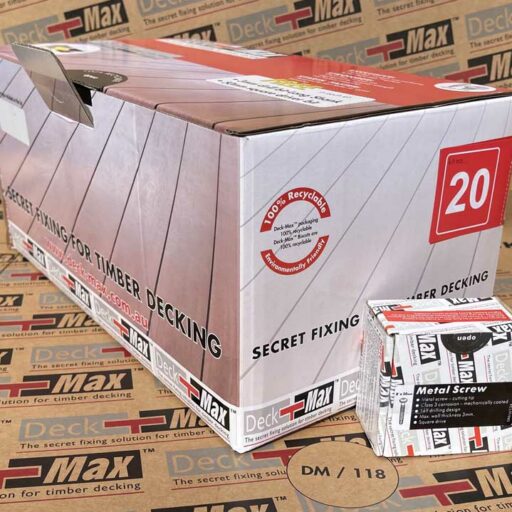
DM 4659 - EM Pro 5mm - # 20 Kit Self drilling metal screws
$434.00 Add to cart -
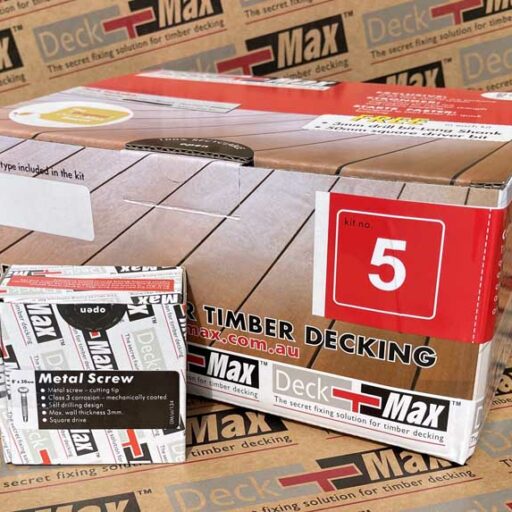
DM 4628 - EM Pro 5mm - # 5 Kit Self drilling metal screws
$128.00 Add to cart -

DM 4383 - EM Pro 3mm - # 20 Kit Self drilling metal screws
$434.00 Add to cart -

DM 4321 - EM Pro 3mm - # 5 Kit - Self drilling metal screws
$128.00 Add to cart -

DM 4454 – TRADIE Pro # 5 - SD Metal Kit 5 mm
$79.20 Add to cart -

DM 4453 – TRADIE Pro # 5 - SD Metal Kit 3 mm
$79.20 Add to cart -

DM 4123 Stainless Steel Screw - Pan Head / self drilling wood screw
$33.00 Add to cart -

DM 4116 Self Drilling Metal Screws
$33.00 Add to cart
Shop
Showing all 10 results
-

DM 4666 - EM Pro 5mm - # 20 Kit 304SS
$434.00 Add to cart -

DM 4635 - EM Pro 5mm - # 5 Kit 304SS
$128.00 Add to cart -

DM 4390 - EM Pro 3mm - # 20 Kit 304SS
$434.00 Add to cart -

DM 4338 - EM Pro 3mm - # 5 Kit 304SS
$128.00 Add to cart -

DM 4659 - EM Pro 5mm - # 20 Kit Self drilling metal screws
$434.00 Add to cart -

DM 4628 - EM Pro 5mm - # 5 Kit Self drilling metal screws
$128.00 Add to cart -

DM 4383 - EM Pro 3mm - # 20 Kit Self drilling metal screws
$434.00 Add to cart -

DM 4321 - EM Pro 3mm - # 5 Kit - Self drilling metal screws
$128.00 Add to cart -

DM 4123 Stainless Steel Screw - Pan Head / self drilling wood screw
$33.00 Add to cart -

DM 4116 Self Drilling Metal Screws
$33.00 Add to cart
Shop
Showing all 8 results
-

DM 4031 - Original # 5 - Wood Frame Kit 304SS 4 mm
$128.00 Add to cart -

DM 4093 – Original # 20 - Wood Frame Kit 304SS 4 mm
$434.00 Add to cart -

DM 4452 – TRADIE Original # 5 - 304SS Kit 4 mm
$79.20 Add to cart -

DM 4123 Stainless Steel Screw - Pan Head / self drilling wood screw
$33.00 Add to cart -

DM 4024 – Original # 5 - SD Metal Frame Kit 4mm
$128.00 Add to cart -

DM 4086 – Original # 20 - SD Metal Frame Kit 4mm
$434.00 Add to cart -

DM 4455 – TRADIE Original # 5 - SD Metal Kit 4 mm
$79.20 Add to cart -

DM 4116 Self Drilling Metal Screws
$33.00 Add to cart
Shop
Showing all 13 results
-

DM 4253 CounterBore Tool
$62.00 Add to cart -

DM 4123 Stainless Steel Screw - Pan Head / self drilling wood screw
$33.00 Add to cart -
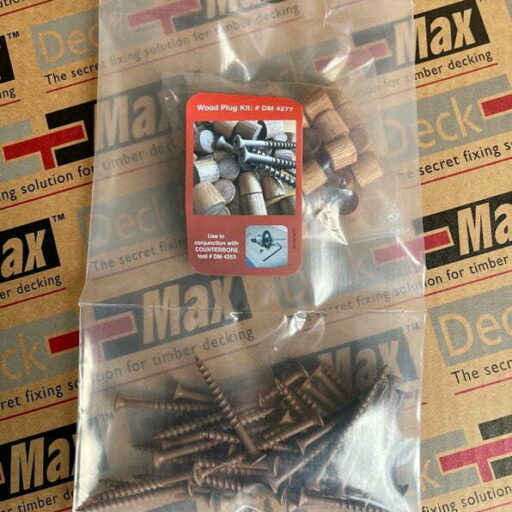
DM 4277 Wood Plug Kit
$38.00 Add to cart -

DM 4147 Combo Pack - 50mm #2 sq. drive + 100mm x 3mm drill bit
$17.00 Add to cart -
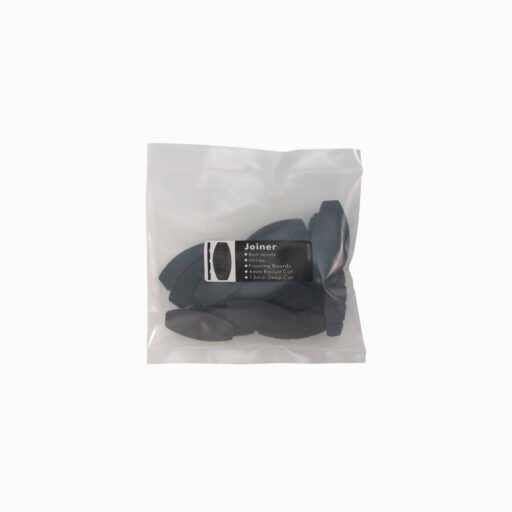
DM J10 Butt Joiner
$10.00 Add to cart -

DM 4116 Self Drilling Metal Screws
$33.00 Add to cart -

DM 4260 CounterSink Tool
$53.00 Add to cart -

DM 4154 Combo Pack - 100mm x # 2 sq. Drive Bits
$11.00 Add to cart -

DM 2010 Bostik Ultraset 300ml - Acoustic Membrane
$14.30 Add to cart -

DM 4004 450mm Combo Decking Clamp
$60.00 Read more -

DM 4437 A brown screws (Class 3 | # 2 sq. drive| Type 17 | 50mm) - Pack of 50
$11.00 Add to cart -

DM 4280 Drill Bit Pack
$9.00 Add to cart -

DM 4437 brown screws (Class 3 | # 2 sq. drive| Type 17 | 50mm) - Pack of 350
$53.00 Read more
Shop
Showing all 3 results
-

Primelam Merbau GL13 Laminated 90x90 Post
Price range: $99.50 through $248.73 Select options This product has multiple variants. The options may be chosen on the product page -

Primelam Merbau GL17 Laminated 90x42 Beam
Price range: $75.97 through $126.61 Select options This product has multiple variants. The options may be chosen on the product page -

Primelam Merbau GL17 Laminated 140x42 Beam
Price range: $117.61 through $196.02 Select options This product has multiple variants. The options may be chosen on the product page
Reviews
What our
Customers Says
directly from our happy customers.
Our customers will walk you through
step by step of using Deck Max and
other products.
Join Over 13,552 Australian Homeowners Who Are Proud Of Their Deck






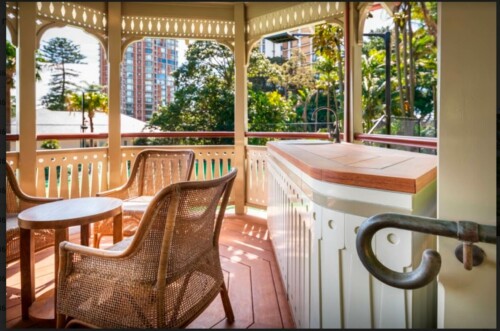



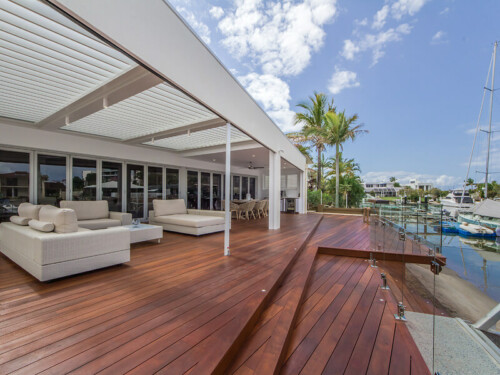

Contact our
Decking Specialists Today!
Stunning Decks With Deck-Max Products




